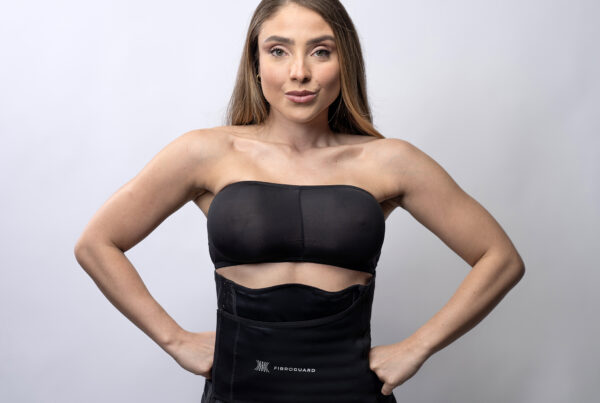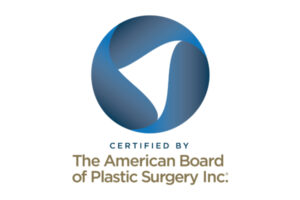Experiencing fluid retention or swelling is a standard aftermath of many plastic surgery procedures, be it a Brazilian Butt Lift, Skinny BBL, liposuction, or others. Patients often wonder about the swelling extending to areas like the feet and consider whether diuretics could be the solution. The question that often emerges is: can medications help in reducing post-surgical fluid?
To address this, we need to first pinpoint where the fluid accumulates post-surgery. Essentially, there are two primary areas where fluid can amass: deeply within the tissue, encompassing the cells and the interstitial fluid between them, and between the topmost layers of skin and fat and the muscle underneath.
Visualize this scenario: Consider the interstitial fluid as a saturated piece of cotton. If this soaked cotton were on a countertop, it’d naturally dry over time. This mirrors the slow evaporation of swelling in your body post-surgery. The healing process requires time, much like the drying of that wet cotton.
On the other hand, a seroma can be imagined as a bowl (representing the muscle) covered with cling film (the skin), filled partially with water (the seroma). To dry this bowl, one would need to insert a straw through the wrap to siphon the water out. This is akin to a surgeon using a syringe to extract the seroma.
Using diuretics for the swelling is like trying to force the wet cotton to release its moisture quickly. Although it may expel some fluid temporarily, once the drug’s effects dissipate, the cotton will reabsorb moisture necessary for its healing. Our body behaves similarly, needing a gradual healing process. You can’t speed the rate at which the body heals.
Here are seven strategies to manage fluid retention post-surgery:
- Regular Check-ups: Follow routine post-op visits. This allows early detection and intervention for fluid accumulation.
- Utilize the Ogee Faja: This powerful faja, made in Colombia, offers multiple layers of genuine Colombian Powernet, ensuring robust, but safe compression.
- Moderate Physical Activity: Moving is good! Moderate exercise soon after surgery, if permitted but your surgeon, increases blood flow and helps the body to mobilize fluid and decreases swelling. This is the opposite of what patients usually think.
- Manual Lymphatic Drainage (MLD): A specialized massage technique that aids in draining the lymph fluid, curbing swelling, and staving off seroma. Always consult a trained therapist adept in post-op MLD.
- Stay Hydrated: Contrary to popular belief, drinking ample water assists in expelling excess fluids and helps to decrease swelling.
- Adopt a Low Sodium Diet: Remember, water follows salt, so a high-sodium diet can exacerbate swelling.
- Ogee Roller Usage: You can effectively perform MLD massages by yourself using the Ogee Roller. Ensure you use it correctly to facilitate fluid removal. Here’s how to do it: Set the roller to its highest vibrational setting and apply soft, vibrational pressure, directing the left side of your body’s fluid towards the left groin, and the right side towards the right groin. These groin areas house the lymph nodes, which act as the body’s drainage system. To effectively redirect the fluid, it’s essential to open the lymphatic channels. This is achieved using a gentle touch and the Roller’s high vibrational setting. In this step, let the Ogee Roller do the heavy lifting. The lighter the pressure, the better. Allow the Roller’s diamonds and vibrations to open the lymphatic channels and facilitate fluid drainage. Continue to use the Ogee Roller in this manner for three months following surgery.
It’s essential to understand that the body’s normal way of healing is to first swell, and while the post surgical fluid retention can be a cause for concern it’s just the body’s normal way of healing. However, with diligent care, and following the seven simple steps above it can be managed. Always maintain a clear communication with your surgeon and adhere to their postoperative care recommendations; these are the recommendations I tell my patients. Should you observe excess swelling or discomfort it’s imperative to consult your surgeon directly.






